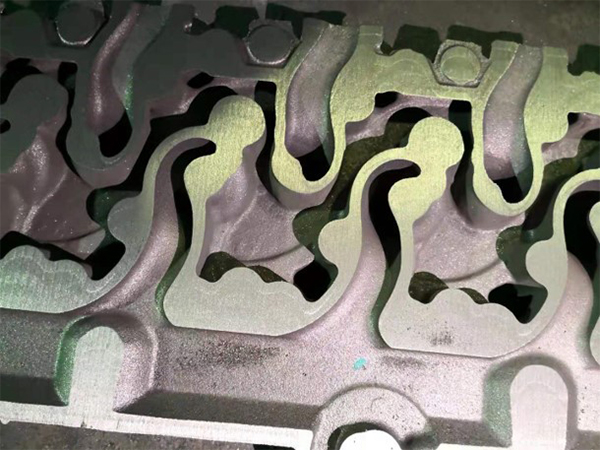Achieving Smooth 3D Prints Without Sanding
The world of 3D printing has revolutionized the way we conceive and create objects, bringing innovative solutions and designs right into our homes and workplaces. However, one common challenge that enthusiasts and professionals alike face is achieving smooth surfaces on printed objects. Traditional methods often involve sanding down the print, which can be time-consuming and may lead to a loss of fine details. Fortunately, there are several techniques and materials that can help you achieve smooth 3D prints without the need for sanding.
Choosing the Right Filament
The first step in achieving smooth prints is selecting the right filament. Different materials have varying properties, and some are more conducive to smoother finishes than others. For example, PLA (Polylactic Acid) is a popular choice for its ease of use, but it can exhibit a rough surface when printed. PETG (Polyethylene Terephthalate Glycol) provides a balance between strength and flexibility and often results in smoother surfaces. Some users have reported excellent results with ABS (Acrylonitrile Butadiene Styrene) when using a heated chamber, which helps reduce warping and improves layer adhesion.
Moreover, specialized filaments such as ASA (Acrylonitrile Styrene Acrylate) or filament blends engineered for smooth finishes are also available. These materials are designed to improve the aesthetics of prints, making them ideal for projects where visual appeal is paramount.
Optimizing Print Settings
Beyond filament choice, optimizing your print settings can significantly impact the smoothness of your final product. A few key adjustments can make a substantial difference
1. Layer Height Reducing the layer height is one of the most effective ways to improve surface finish. A smaller layer height results in less noticeable layer lines, leading to a smoother appearance.
2. Print Speed Slower print speeds can lead to better detail and improved layer adhesion, which contributes to a smoother surface. While this may increase print time, the enhanced quality is often worth the wait.
3. Heat Settings Ensuring that you're using the correct nozzle temperature and bed temperature is crucial. Too low a temperature can lead to poor adhesion and a rougher finish. Experimenting with temperatures to find the optimal settings for your specific filament can vastly improve results.
smooth 3d prints without sanding

4. Extrusion Multiplier Adjusting the extrusion multiplier can help ensure that the right amount of filament is being deposited, reducing gaps that can contribute to surface roughness.
Applying Post-processing Techniques
While the goal is to avoid sanding, there are several post-processing techniques that can enhance the smoothness of your prints without traditional sanding methods
1. Acetone Vapor Smoothing This technique works well with ABS and can give prints a glossy finish. The object is placed in a sealed container with a small amount of acetone, which vaporizes and smooths the surface. Care must be taken to monitor the process, as excessive exposure can distort detail.
2. Chemical Smoothers Some products are formulated specifically to smooth 3D printed parts. For example, there are commercial smoothing agents that can be applied to the surface of prints to melt and smooth out imperfections without ruining the details.
3. Heat Gun A heat gun can be used to gently warm the surface of the printed object, allowing it to soften slightly. This method requires careful handling to avoid warping or burning the print, but can lead to more uniform surfaces.
4. Painting and Coating Applying a coat of primer or paint can help fill in small imperfections and create a smooth surface. Acrylic paints are a popular choice due to their fine consistency and ease of application.
Final Thoughts
Achieving smooth 3D prints without sanding is possible by selecting the right materials, optimizing print settings, and utilizing effective post-processing techniques. Whether you’re a hobbyist aiming for visually appealing models or a professional seeking high-quality prototypes, these approaches can help elevate your 3D printing projects. With a bit of experimentation and patience, you’ll find the perfect combination that works for you, transforming your 3D printing experience into a smoother, more satisfying process. Embrace these tips and unleash your creativity in the limitless world of 3D printing!
Post time:Samh . 19, 2024 18:29
Next:sand cast foundry
